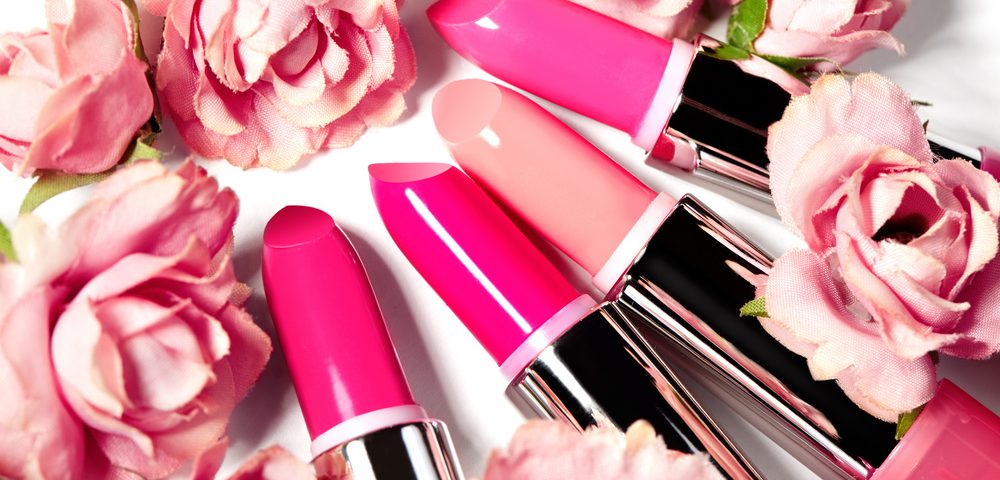in-cosmetics North America 2017: The future of beauty in the era of multi-functionality
Changing consumer demands drive multi-functionality in beauty and personal care
According to Euromonitor International’s Beauty Survey, functionality is the #1 desired feature in skin care and hair care and a leading desired feature in colour cosmetics. Functionality has traditionally been an ubiquitous expectation in beauty and personal care products, but recent trends have heightened consumers’ appetite for not only products that function as they claim, but also deliver several benefits within one product. Consumer desire for convenient, simple and technology-driven beauty products has fuelled the growth of multi-functional products over the past five years. Achieving these simultaneous expectations can be challenging for brands that must decide what balance resonates with their target consumers.
Multi-functionality takes on two forms
Brands that choose to incorporate multi-functionality must decide how to approach this trend, which can take on two forms: adding ingredients that do more or creating a hybrid product that does the job of several products. Ingredients like astaxanthin in brands like Derma-E tout not only moisturising and anti-aging benefits, but also sun protection and improved blood flow in premium anti-agers and facial moisturisers. Incorporation of high-tech features in scalp-protecting shampoos, conditioners, serums and dry shampoos that offer UV protection and moisture capitalize on consumers’ salient concerns about protecting not just skin, but also hair and scalp from sun damage.
The second form of multi-functionality is a hybrid beauty product that substitutes the use of several products for one benefits-packed product, which has been present for many years. Multi-use skin care creams for face and body, two-in-one shampoos and conditioners and later, three-way shampoo, conditioner and body washes began capitalizing on the desire for a product that “does it all”. Blends of botanical and essential oils from brands like Shea Moisture and Organic to Green that reduce the prominence of fine lines and wrinkles, tighten pores and firm and brighten skin emerged in 2015. The launch of in-shower lotions in 2016 from both mass and premium players like Olay and Lush further shortened consumers’ skin care regimens, saving time by applying lotion during rather than after a shower.
Future outlook of multi-functionality
With the 2012 debut of the BB/CC creams from Asia to North America, a new facet of multi-functionality emerged. A product that combined the sovereign segments of colour cosmetics and skin care appeared, prompting a push into new product launches that continue to blur the lines between categories. Powder sunscreens that act as sun protection, oil and shine absorber, and a complimentary layer over makeup became mainstream in 2013. Product launches from colour cosmetics companies offering products with skin care benefits and skin care companies like Burt’s Bees offering makeup will continue to drive multi-functional innovation.
Multi-functionality poses many challenges for brands who pursue this path, such as cannibalization of products and qualms about product efficacy. However, as more North American consumers simultaneously expand their skin care and makeup regimens, the expectations for brands to deliver more and newer benefits, such as protection from pollution, will remain. Ultimately, beauty brands that offer multi-functional benefits will continue to resonate among both mass and premium consumers who desire beauty products that not only work or save time, but do more work and save more time than previously imagined.
To learn more about key trends shaping beauty and personal care, download Euromonitor’s free report, “Key Trends Shaping Beauty and Personal Care”.
Euromonitor International, will look at the overall beauty landscape in North America at in-cosmetics North America in New York on Wednesday 11 October at 2:45pm.

